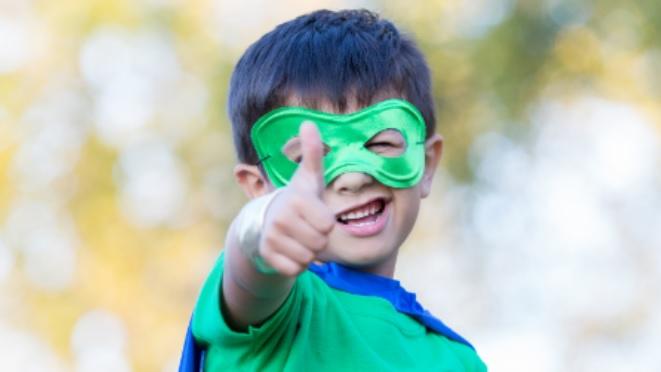World Children's Day marked around the globe
- Published
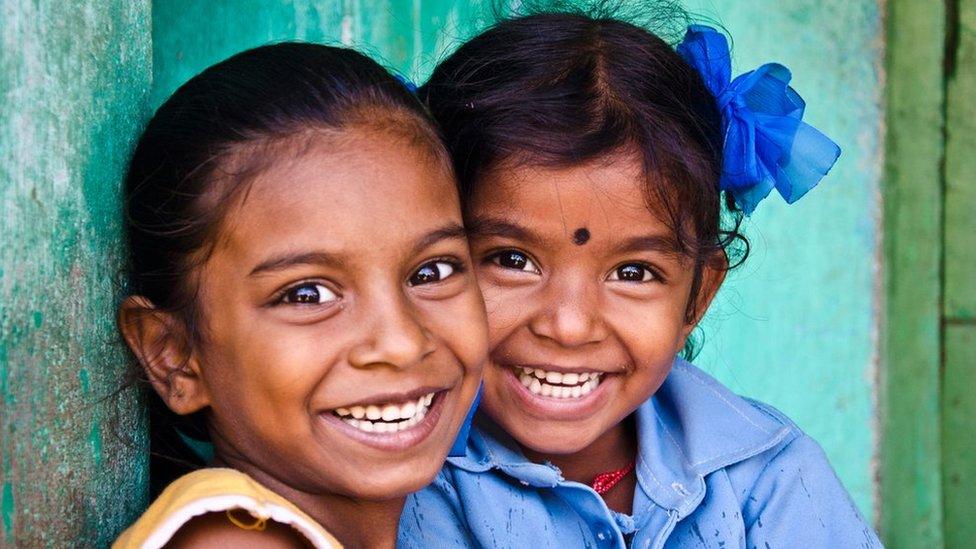
World Children's Day celebrates when the member countries of the United Nations made an important promise to children, back in 1989.
It was called the United Nations Convention on the Rights of the Child (UNCRC), and it is a list of rules protecting children's rights across the world.
Every year, World Children's Day is marked on 20 November with a theme relating to children and their rights.
The theme for World Children's Day 2024 is 'Listen to the Future'.
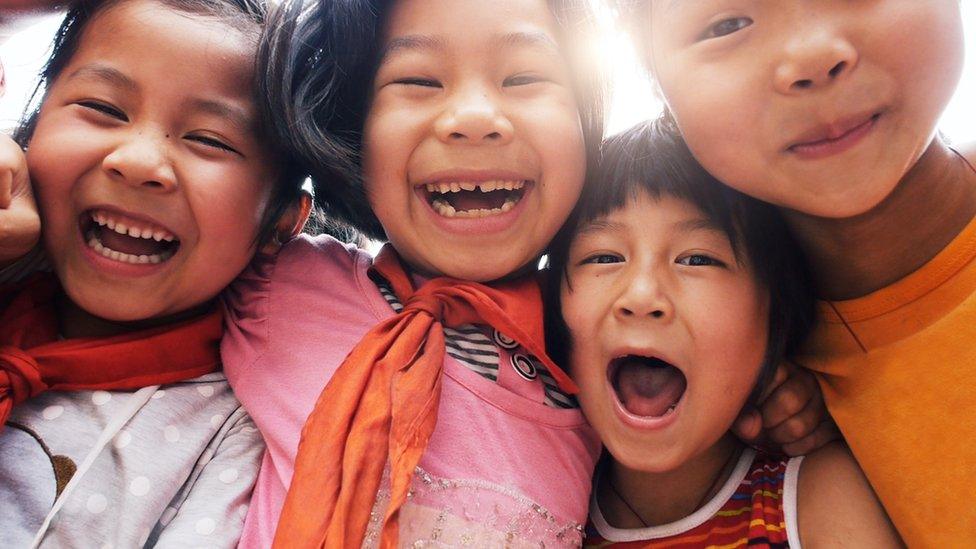
Having opportunities to rest and play is a basic child right under the UN framework
What are human rights?
Rights exist to make sure everyone is treated fairly and has the support they need to survive.
Before the convention in 1989, children already had the same human rights as adults.
But the United Nations (UN) General Assembly adopted a new proposal, which aimed to improve the lives of children across the world.
It also encouraged all countries to work together to build a better world for children.
You can find out more about what these rights are here.
What is the Convention on the Rights of the Child? (2019)
What is the United Nations Convention on the Rights of the Child (UNCRC)?
The UNCRC sets out children's basic rights, whatever their ethnicity, gender, religion, language, wealth and physical or mental ability.
All countries that sign up to it are bound by international law to work together to make these basic rights available to all children until they are 18-years-old.
This is monitored by the UN Committee on the Rights of the Child and all adults, including the police, teachers and parents must make sure children's rights are met.
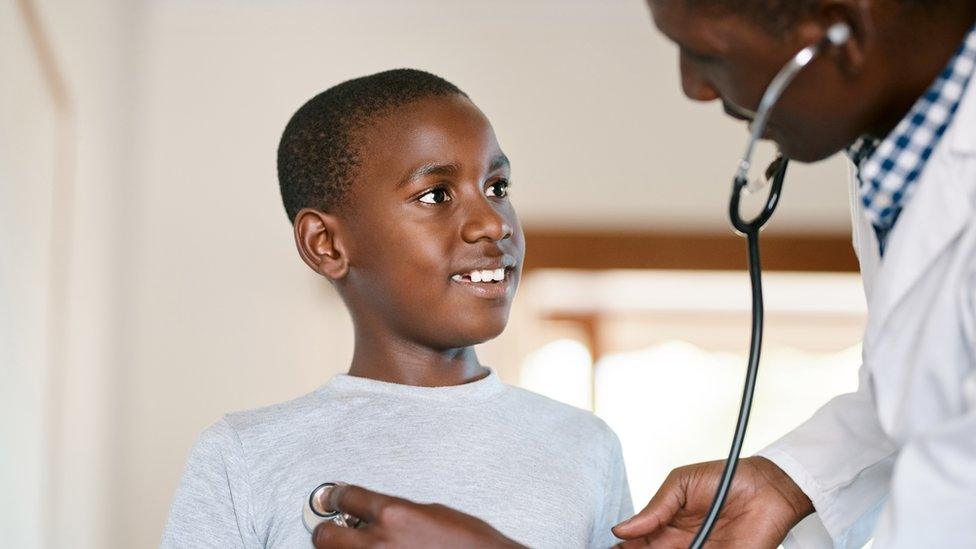
The UN say access to healthcare is a right for all children around the world
These include, the right to:
Life, survival and development
Medical care and nutritious food
Get information that is beneficial - from newspapers, social media, the radio or TV etc.
Receive help from their government
Rest and play
Not have to do work that is dangerous
Be raised by, or have a relationship with, their parents if it is safe to do so
Think for themselves
Protection from violence, abuse or neglect
An education
Express their opinions, be listened to and taken seriously.
What is the history of children's rights?
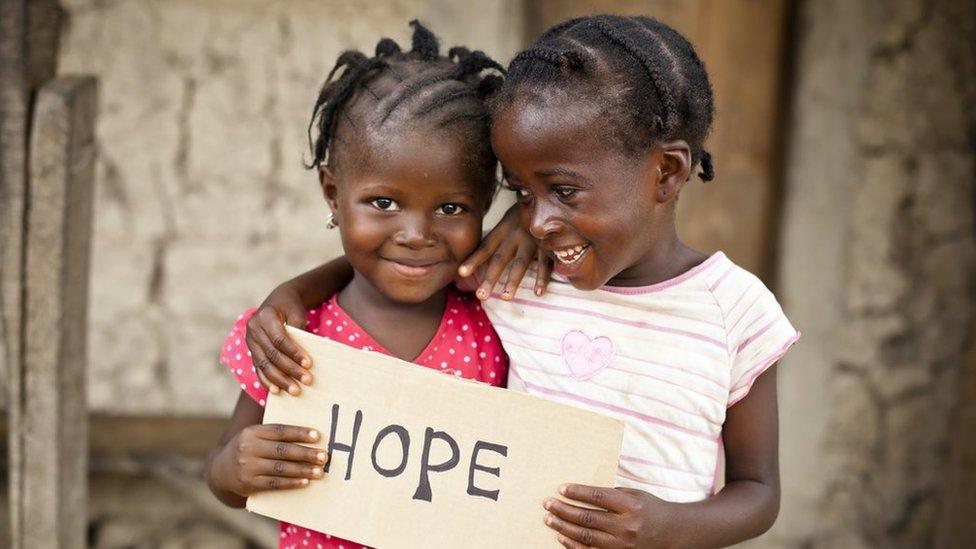
The UNCRC are available to children until they are 18-years-old
It was only in the mid-1800s that the idea of giving children special protection was first talked about.
The world's very first declaration on child rights was written by the founder of the charity Save the Children, Eglantyne Jebb, in 1923.
By 1948, the Universal Declaration of Human Rights had recognised that "motherhood and childhood are entitled to special care and assistance".
The General Assembly of the United Nations adopted the Declaration of the Rights of the Child (OHCHR) in 1959.
Thirty years later, in 1989, the UN General Assembly agreed to the Convention on the Rights of the Child, which came into force in September 1990.
How many countries have agreed to the treaty?
The UNCRC has been agreed to, and made law, by 196 countries.
This means it is the most ratified international human rights treaty in history.
The UK Government signed the UNCRC in 1991.
There is only one UN member state which has not done so - the United States.
The US signed the treaty in 1995, which means politicians have agreed to it in principle, but they did not take the extra step of making it law in their country.
- Published20 January 2020
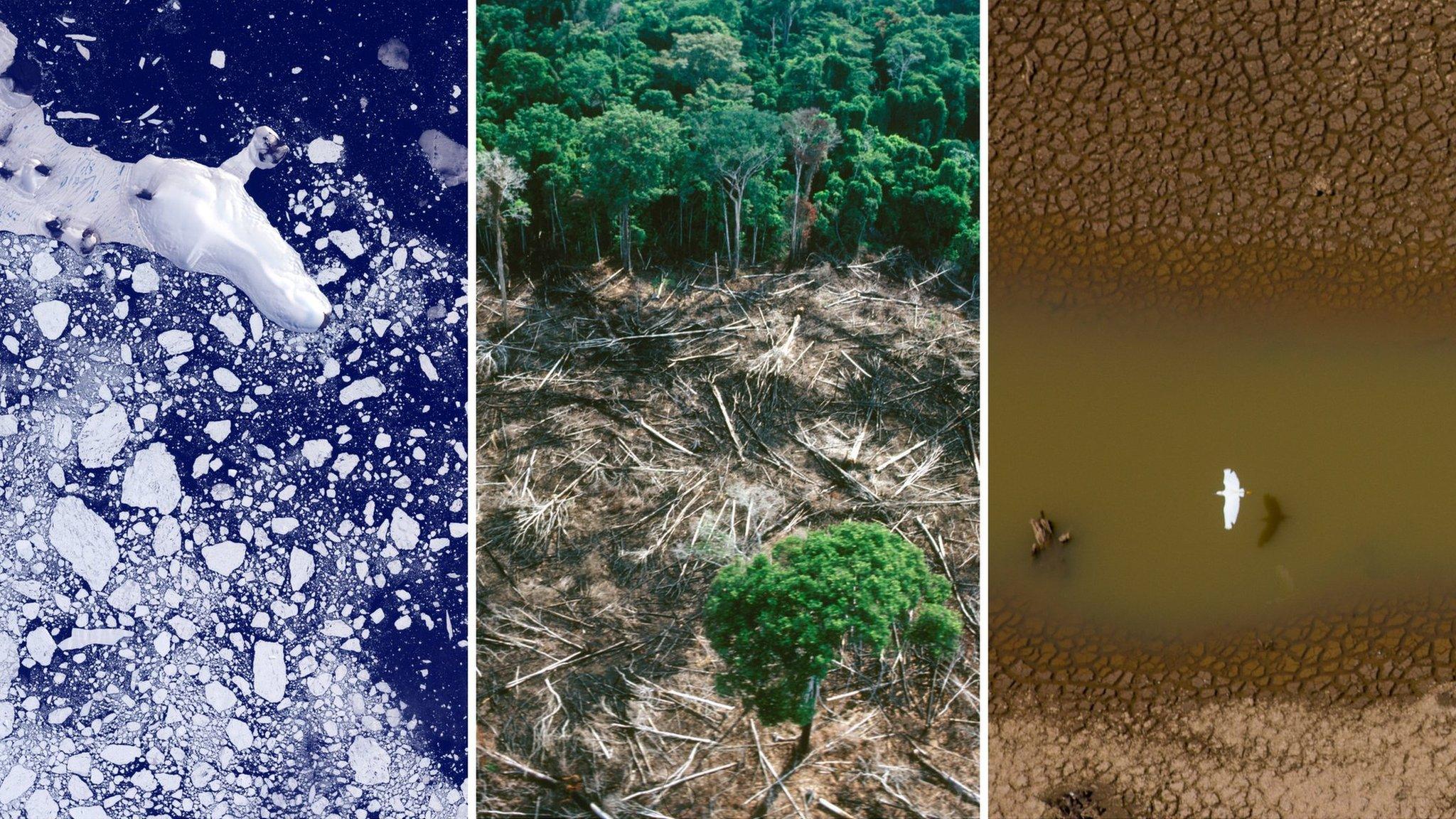
- Published23 September 2019
